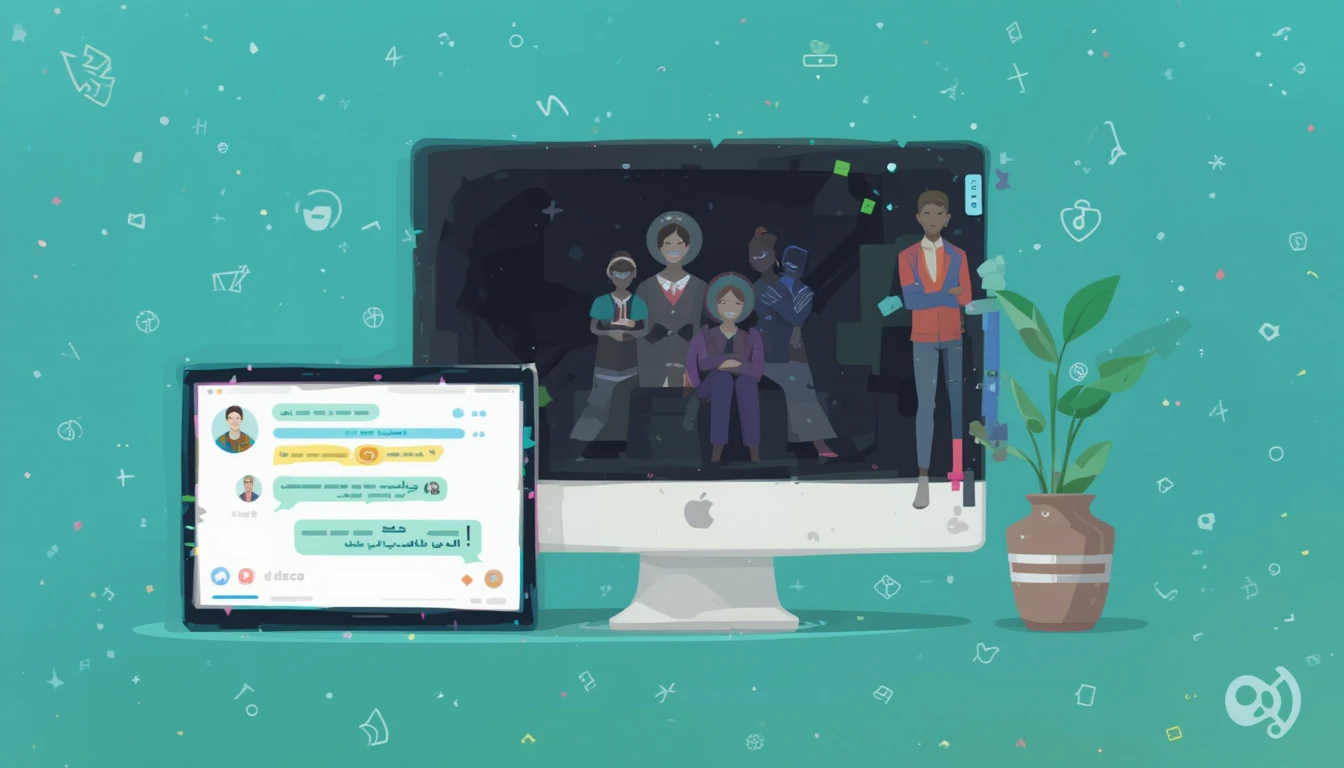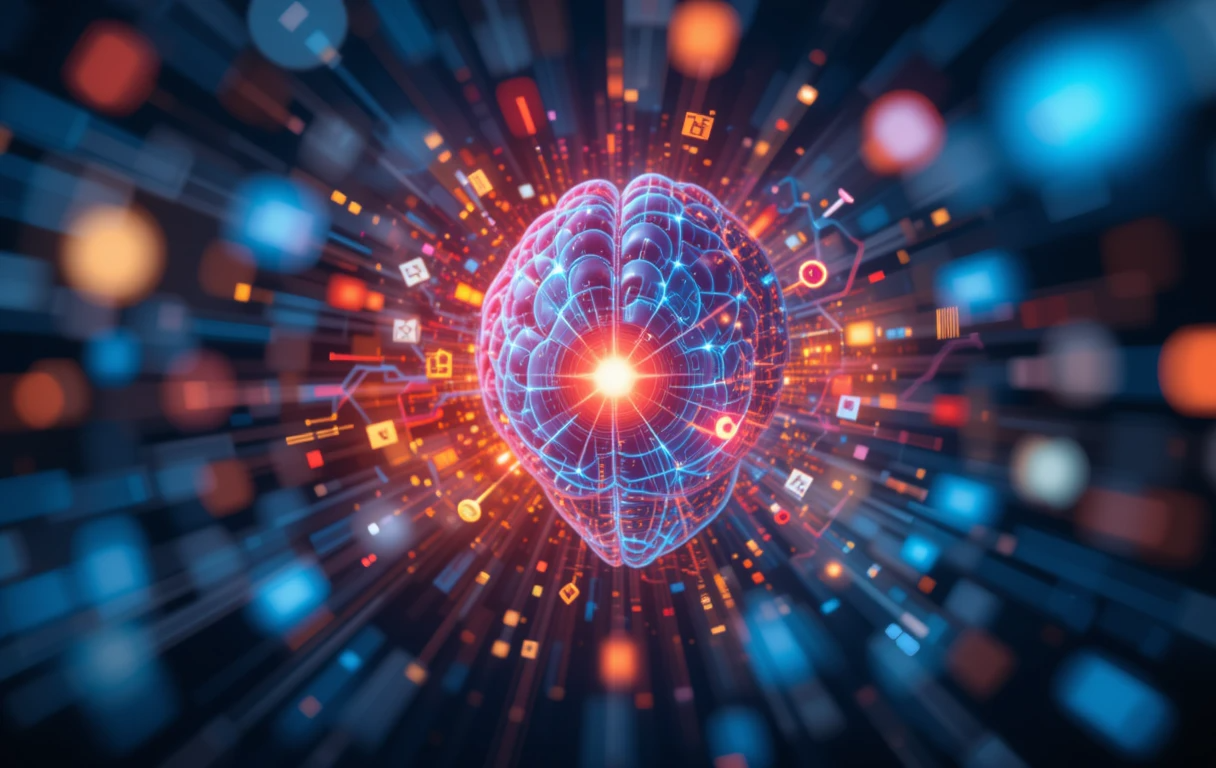Education has long grappled with a fundamental challenge: how do we keep students motivated, engaged, and learning effectively? Traditional teaching methods often struggle to inspire the digital-native generation. Enter two powerful innovations—Gamification and Artificial Intelligence (AI).
Gamification brings the thrill of games into the learning process. AI personalizes and optimizes that journey. Together, they’re reshaping classrooms, online learning platforms, and self-paced courses. When used together, AI and gamification can turn boring lessons into engaging missions, reward progress intelligently, and create adaptive challenges that keep students in the sweet spot of learning.
In this blog post, we’ll explore how AI enhances gamification in education, how this powerful combination improves learning outcomes, and how educators and edtech developers can responsibly implement these tools.
🎮 What Is Gamification in Education?
Gamification is the application of game elements in non-game settings, such as education. The goal is to motivate learners by incorporating game mechanics like:
- Points
- Levels
- Badges
- Leaderboards
- Quests
- Progress bars
- Real-time feedback
- Rewards and achievements
By making learning interactive and rewarding, gamification increases motivation, attention, and participation.
🧠 Why It Works:
Gamification taps into intrinsic and extrinsic motivators, including:
- Competition
- Achievement
- Social interaction
- Curiosity
- Progress tracking
It transforms passive learners into active participants, making even the driest subjects more engaging.
🤖 How AI Amplifies Gamified Learning
AI takes gamification to the next level by making it adaptive, intelligent, and personalized. It can monitor learner behavior, adjust content difficulty in real time, and suggest optimal next steps.
Here’s how AI enhances gamified education:
1. 🎯 Personalized Learning Paths
AI algorithms assess a learner’s:
- Skill level
- Learning speed
- Strengths and weaknesses
Then, it tailors challenges, missions, or levels to fit that learner’s unique profile—making the gamified experience more relevant and effective.
2. 📊 Real-Time Feedback and Adaptation
In games, feedback is instant. AI replicates this by:
- Identifying mistakes instantly
- Offering helpful tips or hints
- Adjusting difficulty based on performance
This dynamic feedback loop helps students stay in the “flow zone”—not too easy to get bored, not too hard to get frustrated.
3. 🏆 Intelligent Rewards
AI can track long-term progress and determine when and how to reward learners. For example:
- Issue badges based on consistent effort, not just scores
- Recommend surprise rewards to motivate struggling learners
- Offer personalized incentives (e.g., unlock content the student is curious about)
4. 🧩 Dynamic Content Generation
AI can generate content—quizzes, stories, or tasks—that aligns with the game mechanics. This ensures that challenges evolve with the learner’s journey, avoiding repetition and stagnation.
🏫 Examples of Gamification and AI in Action
🎓 1. Duolingo
Duolingo uses AI to personalize lessons based on errors, response time, and progress. Gamified features include:
- XP points
- Streaks
- Leaderboards
- Skill trees
This combination keeps millions of language learners coming back daily.
🧪 2. Khan Academy
While Khan Academy’s platform isn’t a “game” per se, it includes:
- Points
- Badges
- Progress dashboards
AI adapts exercises based on performance, making learning more interactive and rewarding.
📱 3. Quizizz and Kahoot!
These classroom favorites gamify quizzes with live competitions, real-time scoring, and fun avatars. AI insights help teachers track engagement and performance over time.
🧠 4. Century Tech
This AI-powered learning platform uses gamified dashboards, rewards, and missions. It analyzes student data to recommend content and assess progress intelligently.
📈 The Benefits of Gamified AI Learning
1. 🚀 Boosts Motivation
Gamified AI creates a reward system that sustains learner interest. Students become more willing to complete tasks, revisit lessons, or even explore beyond the curriculum.
2. 📚 Encourages Mastery Learning
Unlike rigid grading systems, AI-powered gamification encourages practice until mastery—rewarding effort and progress, not just final scores.
3. 🤝 Promotes Collaboration
Many gamified systems include multiplayer modes or social leaderboards, which foster collaboration and healthy competition.
4. 🧩 Supports Differentiated Learning
AI ensures that learners aren’t all playing the same “level.” Each student gets a customized game path, ensuring no one is left behind—or held back.
5. 🎯 Improves Retention
Studies show that students retain more information when they’re actively engaged. Gamification with AI increases cognitive engagement, resulting in better learning outcomes.
🔍 Psychological Principles Behind AI and Gamification
To design effective systems, it helps to understand the psychology that drives behavior:
1. Flow Theory (Mihaly Csikszentmihalyi)
AI helps maintain the perfect balance between challenge and skill, preventing boredom and anxiety—essential to flow.
2. Self-Determination Theory
Gamified systems can satisfy three core psychological needs:
- Autonomy: Choosing your learning path
- Competence: Seeing progress and mastering skills
- Relatedness: Connecting with peers through shared experiences
3. Behavioral Conditioning
AI detects patterns and rewards behaviors to encourage repetition of positive actions—like practicing, exploring, and reviewing.
🚧 Challenges and Ethical Concerns
1. 🎰 Over-Gamification
Gamification can backfire if it becomes all about the points. Students may lose focus on real learning and start gaming the system for rewards.
Solution: Design with learning objectives in mind, not just entertainment.
2. 🔐 Privacy Risks
AI-driven gamified platforms collect vast data on student behavior.
Solution: Ensure data transparency, limit unnecessary collection, and follow privacy regulations like GDPR and COPPA.
3. ⚖️ Equity and Access
Not all students have equal access to devices or fast internet. Poorly designed games can disadvantage those with less tech-savvy or slower devices.
Solution: Offer low-bandwidth options and inclusive design.
4. 🤖 AI Bias
If an AI misinterprets a student’s behavior (e.g., slow response time due to reading difficulty), it might adjust levels unfairly.
Solution: Train AI on diverse data and regularly review outcomes.
🛠️ How to Implement AI and Gamification in Your Classroom
For Teachers:
- Use platforms like Kahoot, Quizizz, or Classcraft to gamify quizzes and classroom management.
- Combine leaderboards and badges with real-world incentives (e.g., extra time for creative projects).
- Monitor student behavior through AI dashboards to tailor your instruction.
For Edtech Developers:
- Incorporate adaptive difficulty using AI to personalize each learner’s experience.
- Use AI to suggest when to reward and how to provide feedback.
- Design game elements to complement learning goals, not distract from them.
- Add options for student choice and progress visualization.
📊 Key Metrics to Track Success
To assess whether AI-powered gamification is effective, track metrics like:
- Engagement rate (logins, time on task)
- Completion rate
- Knowledge retention (pre/post-tests)
- Learner satisfaction (surveys)
- Improvement in weak areas (AI-driven analytics)
These insights help you fine-tune your strategy and justify long-term implementation.
🔮 The Future of Gamified AI Learning
As both fields evolve, we can expect innovations like:
- Virtual Reality (VR) classrooms where students “level up” by solving real-time problems
- AI game masters that adjust narratives and missions dynamically
- Blockchain credentials tied to in-game achievements
- Emotion AI that adapts game challenges based on facial expressions or mood
The future of education is one where learning feels like playing—but with purpose, personalization, and powerful impact.
🧠 Final Thoughts
Gamification and AI are a natural match. One makes learning exciting, the other makes it smart. Together, they can redefine how students interact with knowledge, making education more inclusive, effective, and joyful.
But like all powerful tools, they must be used wisely. The goal is not just to create flashy interfaces or dopamine hits—it’s to foster deep, meaningful learning experiences that stick for life.
Educators, developers, and institutions must collaborate to ensure these tools remain focused on what truly matters: student growth, curiosity, and confidence.
Let’s build learning environments where every student is the hero of their own game, guided intelligently by the invisible hand of AI.

